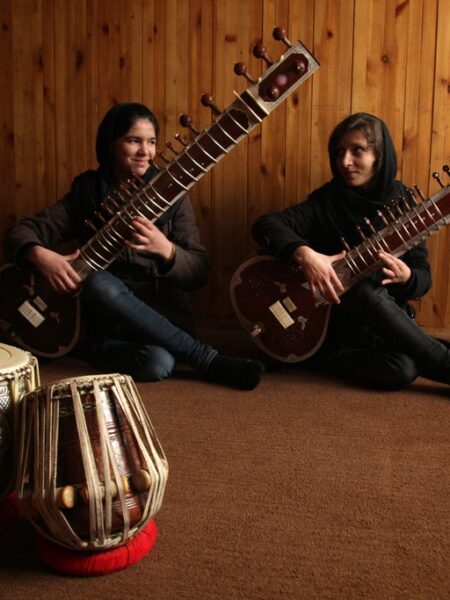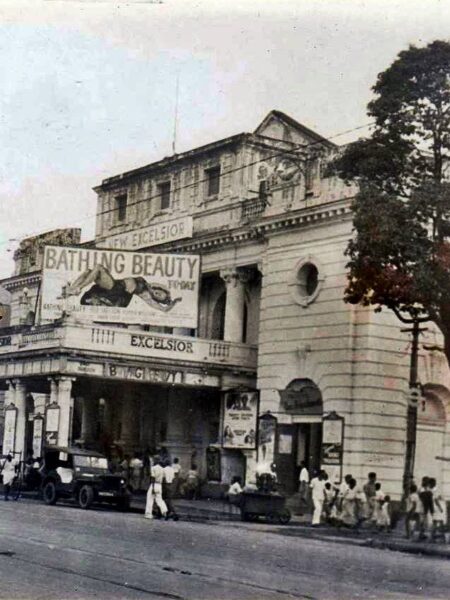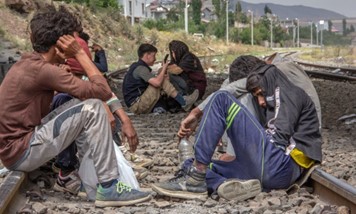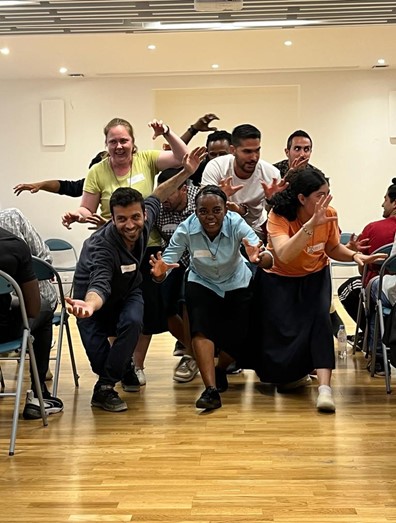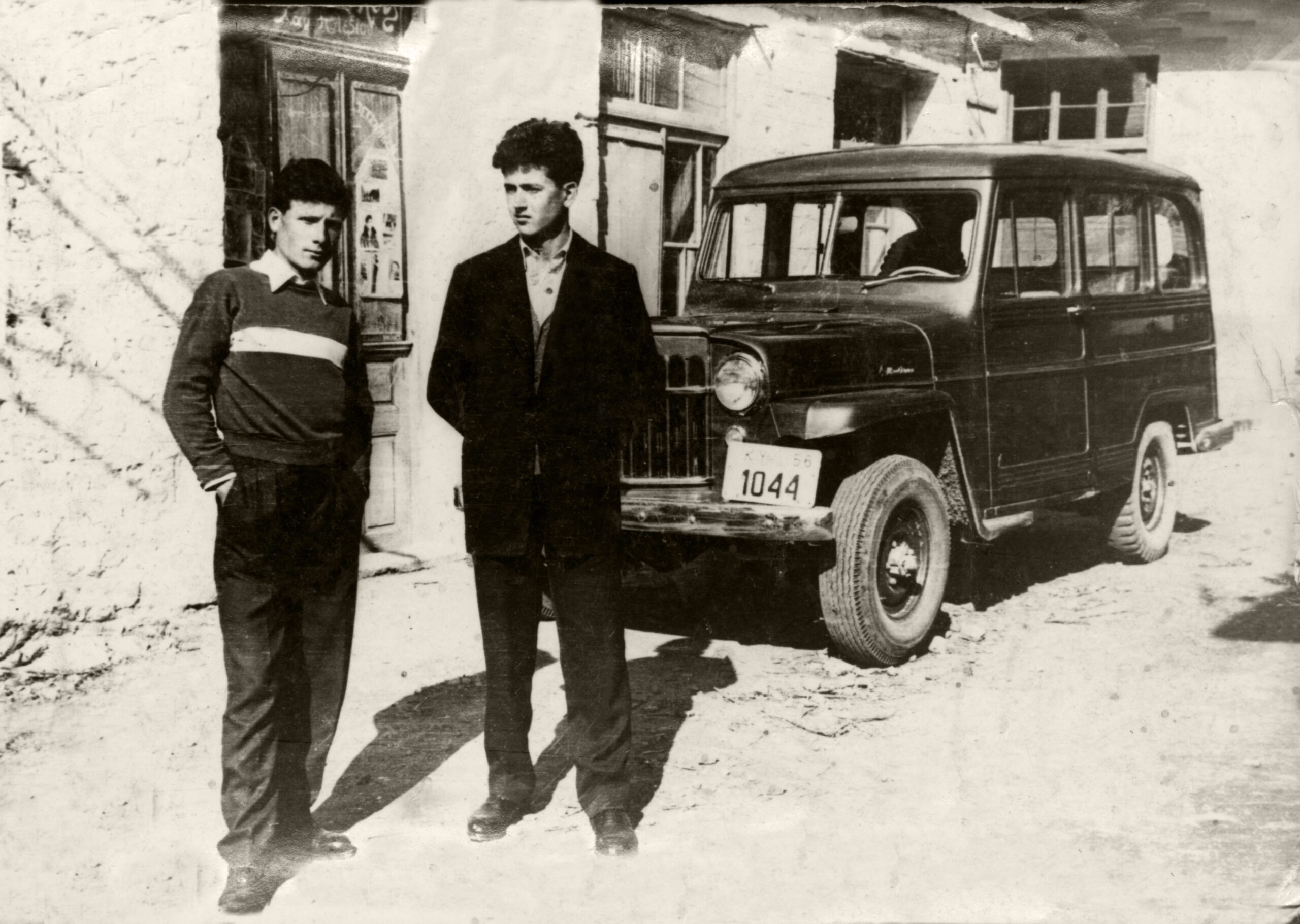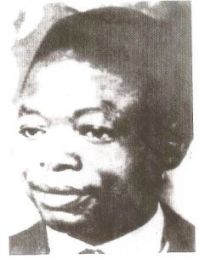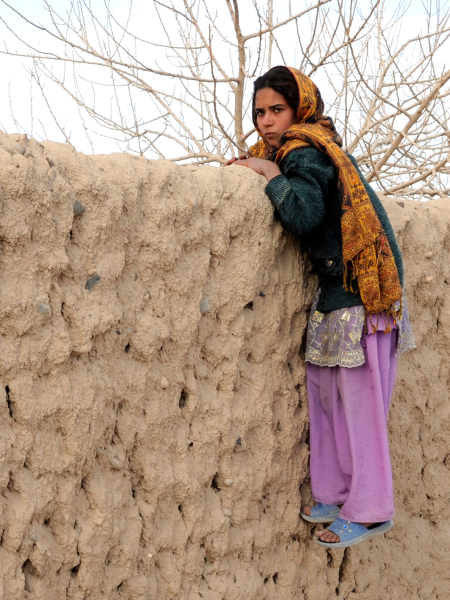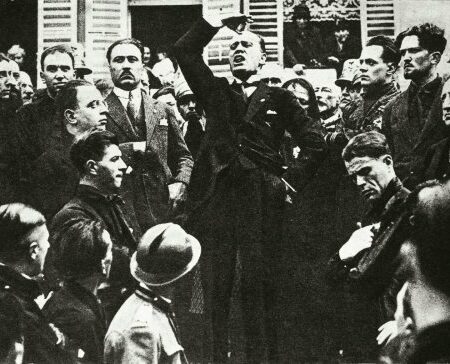
Introduction
Many myths, prejudices, and mysteries surround the lives of “çengies” in Albania. Even the word “çengie” itself is accompanied by misconceptions, and there rarely are people who know the true meaning of such a word. In 2014, a friend of mine gave me the book History of the Albanian Prostitution during Zogu’s Period written by Fatos Baxhaku and Klodiana Kapo.[1] I was fascinated by every page because based on official documents such as laws, reports, complaints, notes, memoirs and photos from the State Central Archive, it presents a piece of the Roma women’s lives and history in Albania. The book argues that upon the arrival of the Ottoman conquerors, a large group of Roma people populated Albania. They were mainly craftsmen and worked as farriers, smiths and butchers. Meanwhile, the Roma women, “due to their liberal culture and poverty, became very fast an easy prey of the entertainments of the local bejlers [landowners]” (p. 39) The authors write that those “women were used in celebrations for entertainment, as well as for sex.” (p. 40) They were very beautiful women, easily distinguished from the resident women due to their tanned skin and colorful dresses. The term used for these women was “çengie.” However, I heard this term before from my grandmother when she told me the story of a woman who was a dancer and worked as a çengie. She told me that she was very beautiful and danced for local celebrations. Thus, reading the book, sparked my curiosity to research who these women were in the past, what was their background and what social patterns influenced their life and social position. How were they perceived by the public almost one hundred years ago? Finally, was it a profession or just a service that women provided in cathouses from 1922 to 1939, when King Ahmed Zog made prostitution legal in Albania?
While learning the oral history method in the Global History Dialogues project, I was confident it is the right way to explore a piece of the puzzle of Roma history in Albania through çengies’ lives. However, besides my curiosity, this topic is important to study because it sheds light on the misrepresented lives of the Roma çengies, whom stereotypes pushed to the boundaries of exclusion and discrimination. The topic is not explored enough by scholars, as a consequence it has been clogged with stereotypes and here comes my wish to challenge them through telling the real story. Still, I am not in the position to change history nor to uncover the ultimate truth. Nevertheless, I feel that my mission is to explore the çengies’ past through interviews with Roma people revealing to me their memories.
Methodology
Researching this topic was not easy. First of all, it was very difficult to find people to interview because the information is generally scarce and it is hard to find the traces of this living memory or tradition. Historically, this topic originated in the 1920s, that is why we cannot have direct witnesses and must rely on the transgenerational memory. First, I wanted to interview my grandmother as she was the one who introduced me to the term çengie. However, due to her health condition, it was impossible. I hoped that my mother has any knowledge on the topic, yet, unfortunately, my interview with her was not rich just presenting a simple data on locations and women’s names that she heard from my grandmother. However, I was not giving up. I interviewed a Roma man, an executive director of a Roma NGO, knowledgeable of Roma history. He showed a significant interest to my topic, however we ended up having an online-chat interview as his health condition did not allow him to talk in person. At this point, I felt frustrated and hopeless to find the right interviewees…
But while discussing my research and struggles to find interviewees with the relevant information, my friend suggested me other people. I contacted them immediately and scheduled two interviews: the first one was with a Roma woman, teacher, and the second one was with a Roma man, professional choreographer (in my paper, I refer to them as Interviewee 1 and Interviewee 2). Both being around 70 years old, they are proud Roma community members, who had a chance to know Roma women working as çengie. At that point, I was confident, they would bring various viewpoints and perspectives to the topic. In the paper, I refer also to my conversations with other Roma people I occasionally had, as they complement my reconstruction of the past.
It should be mentioned that while discussing the topic with different Roma people, I observed that they internalized and reproduce gender, cultural and ethnic stereotypes. Attributing çengies’ engagement with this profession as something ethnically specific, they stigmatize Roma people.
Historical background
Çengies were not unknown to the Ottoman culture in which music and entertainment was quite common. Carol Silverman in Romani Routes: Cultural Politics and Balkan Music in Diaspora (2012) argues that from the eighteenth to the early twentieth century, Roma women and men were professional dancers hired in aristocratic, courtly and military as well as tavern settings. According to Prof. Beşiroğlu, in the Ottoman Empire these professional female dancers were called ‘‘çengi’’ and were mostly ‘’non-Moslems’’ such as Armenians, Greeks, Gypsies etc. The term for male dancers was köçek, however most of the time both sexes were called çengi (Silverman 2012: 107). There are a few theories about the origin of the term, one attributes it to an Ottoman instrument similar to a harp, called çengi, while others claim that çengies are named after the onomatopoeic word çeng referring to the finger cymbals used while dancing (Seeman 2019).
As the music and dance were deeply embedded in the Ottoman culture, the role of çengies was considered important during celebrations. They would be invited to courtly celebrations to live them up and perform for money. Prof. Beşiroğlu states:
It is evident that dance has a vital position in the Ottoman music tradition and even that dance and music occasionally complemented each other. […], çengi-s and köçek-s, who performed dancing, assumed an important role in the plays and dances to be viewed. These performances had dramatic aspects as well as an artistic value. (p. 2-3)
As we can see, çengies’ occupation was known and relatively well-documented in the Ottoman Empire. The literature suggests it was a gender-neutral profession, performed by both men and women. When the Ottoman Empire extended to the Albanian territory, Roma dancers came along with other Roma. Apparently, Roma male dancers did not engage into dancing in Albania. As the market needed crafting, they worked as farriers, smiths and butchers (Baxhaku & Kapo 2014). However, there was a different reality for Roma women. They became very visible to the Albanians, as the Albanian women looked in appearance different from them; furthermore, Albania was a very patriarchal and conservative society. Baxhaku and Kapo explain that back then “Albanian women walked in the streets covered from head to toes with hijab and were not allowed to stay in the same room with men.’’ (p. 40)
Because of this socio-cultural context, Roma women were quicky sexualized and their dancing and behavior was deemed as carefree. Due to stigma but also the need of making a living, data from the Central State Archival show that many Roma women back then were not only dancers but sex workers (Baxhaku & Kapo 2014). Thus, the word çengi, at this point did not refer to professional dancers only, but also to sex workers, so that explains why in the official Albanian documents, during the period of King Zog, the words çengi and prostitute or woman of pleasure are used interchangeably (in Albanian, grua qefi; grua e pergjithshme; grua e përdalë). Accordingly, I argue that the terms were a misleading tool to stigmatize Roma women çengies, and later Roma women in general.
There was a clear power dynamic between Albanian rich men (bejlers) and Roma women working as çengies. In many cases bejlers had love affairs with them. Fatos Baxhaku and Klodiana Kapo argue that bejlers housed them and this was completely acceptable until the Communist period. A mother of my friend once mentioned that her grandmother was a çengie. She explained that in some cases çengies created intimate relationships with bejlers because of their protection and wealth. Often, they had children, as in the case of her grandmother, who gave birth to two children.
Çengies in the eyes of Roma people
My interviewees brought different perspectives regarding the professional life of çengies. Interviewee 1 worked for many years as a teacher. Against her family’s will, she decided to continue education because she considered it the only way out of poverty and discrimination. During her life, she personally knew women who previously worked as çengies, but she was very critical toward them. Interviewee 1’s opinion is also shared by other Roma, who claim that dancing was not a profession of çengie. Interviewee 1 describes them as trespassing societal norms, acting immorally and caring little about their families and public opinion. “Some of these çengies behaved tougher and more self-centered than others,” says Interviewee 1.
Interviewee 2 shares a different view of: “çengie is both a beautiful and prejudiced word.” Interviewee 2 implies that çengie was often seen through disrespectful lenses, but, for sure, it was a profession. Roma women-çengie were dancers that attended weddings a part of musicians crew. Their specialty was to play the drums while dancing. Çengie had a typical dress with a scarf on the top of her head waving with it as she danced. On Friday or Saturday, she would visit the girl’s wedding, or, on Sunday, that of the groom. “A wedding without çengies back then would not have the same joyful atmosphere. Most importantly, she was respected by the musicians and received an equal share of salary from the wedding,” comments Interviewee 2.
He explains that the work of çengie was tiresome and difficult. As in any job which has its own specificities, the çengies could not reject dancing with guests at the wedding. “Regardless how tired she was, she had to dance with the guest because she was paid to do so.’’ Usually, it was a profession which was practiced by women who were considered beautiful. Because of that, he suggests they were usually harassed by men. It was the responsibility of the family who organized the weeding to protect them, so they were often accompanied by another woman of the house.
As a professional dancer, Interviewee 2 appraises the image of çengies as professionals. He asserts, “çengies” often, sadly, means “an amateur Roma dancer,” yet their dancing was professional, although they lacked formal education. “Some are still alive and would still perform well considering their age.’’
Interviewee 1 states that çengies came from the central part of Albania, namely Tirana, Durrës and Elbasan. This information is confirmed also from by F. Baxhaku’s book. Interviewee 1 explains that during the period of King Zog and later, they frequently danced in mejhane (Turkish word for a place similar to tavern). In 1922–1939 and even later, these places were male-dominated. Only on rare occasions or in urban areas women and girls could visit those. Interviewees say that çengies danced there to entertain rich men. According to Interviewee 1, çengies were also sex workers during this time. They would engage in relations with men and earn money. However, she is critical of this occupation adding that, “in contrast to a prostitute who might have been trafficked without her free will, çengies chose to do so, and had an arrogant and careless attitude.” For Interviewee 1, their choice to work as sex workers “downgraded the image of other Roma women and the whole community,” implying that çengies are somehow responsible for any stereotypes attached to Roma women nowadays in Albania.
Interviewee 1 explains that during the uprise of the Communist regime in 1945, çengies’ occupation was forbidden. However, Interviewee 2 believes that after 1968 they resumed dancing in weddings. He had a chance to know many of them in person, stating ‘’I can name them all, I know them very well. I saw them in weddings, my mother introduced me some.’’ He claims it was a profitable endeavor and musicians would always have at least two çengie with them, but also the head of the wedding asked for them. Interviewee 2, comments that çengies were amidst the prettiest women and girls, therefore some of them were even married and their husbands would agree with their profession. Usually, they were in their 40s because they were already mature and professional dancers. Because of the ascribed beauty and dancing skills, non-Roma women would go to a wedding curious to see how çengies dance.
Interviewee 2 concluded our conversation in such a way:
I must say I can improvise their dancing. As a choreographer and dancer, I can mimic their dancing moves because I can feel and interpret the motifs of dancing. Çengie would never make a mistake in dancing. They knew the stories and motifs behind the dancing. […] Roma music has been commercialized in the past two decades and has not preserved the motifs. But, as çengies, I prefer to dance under the rhythm of the drums.
Conclusions:
My research demonstrated that being a “çengie” was definitely a profession, however, a prejudiced one. Roma woman could be dancers and/or sex workers. In the rule of Ahmet Zog, Roma women used to work as sex workers, a fact which is well documented also by the State Archive. There were different reasons which led Roma women to engage in such profession, mostly it was poverty and their need for income and protection. However, their cultural differences and attitude toward the opposite sex, were misinterpreted by the conservative Albanian society. Thus, they were portrayed as carefree and suitable for entertainment. In addition, the occupation of çengies had several aspects: it was not only a profession that evolved under the mentioned circumstances but also a well-structured business. Noticeably, the role of such women was to contribute financially to their families’ well-being. Although, çengies were banned during the first years of communism, they resumed their activity around 1968 as dancers, being present in important celebrations in the Albanian society such as weddings. The musical bands were accompanied by two çengies, as they could lit up the festive atmosphere.
Still, in modern days, the çengie phenomenon is considered as something immoral, sinister and outsider. Roma people have internalized and are prone to reproduce gender, cultural and ethnic stereotypes. They continue to stigmatize çengies by explaining their engagement in this profession through their gender and ethnicity. Some of them, still do not want to reveal çengies’ identities, as they are afraid of stigma. Nevertheless, I believe that their story is also the important story of Roma’s marginalization in Albania. These women’s lives should be recognized and there should not be shame around it. I hope that my paper has contributed to this understanding.
Bibliography
Baxhaku, F., & Kapo, K. (2014). Gra të përgjithshme—Histori prostitucioni shqiptar në periudhën e Zogut. Dituria.
Beşiroğlu, Ş. (n.d.). Music, identity, gender: Çengis, köçeks, çöçeks. ITU TM State Conservatory Musicology Department. https://transreads.org/wp-content/uploads/2019/03/2019-03-17_5c8ed21b1680f_sehvar-besiroglu-music-identity-gender-cengis-koceks-coceks.pdf
Seeman, S. T. (2019). Sounding Roman: Representation and Performing Identity in Western Turkey. Oxford University Press.
Silverman, C. (2012). Romani Routes: Cultural Politics and Balkan Music in Diaspora. OUP USA.
[1] Baxhaku, Fatos, and Klodiana Kapo. Gra të përgjithshme: Histori prostitucioni shqiptar në periudhën e Zogut. Tirana: Shtëpia Botuese DITURIA, 2014. 167 p.

